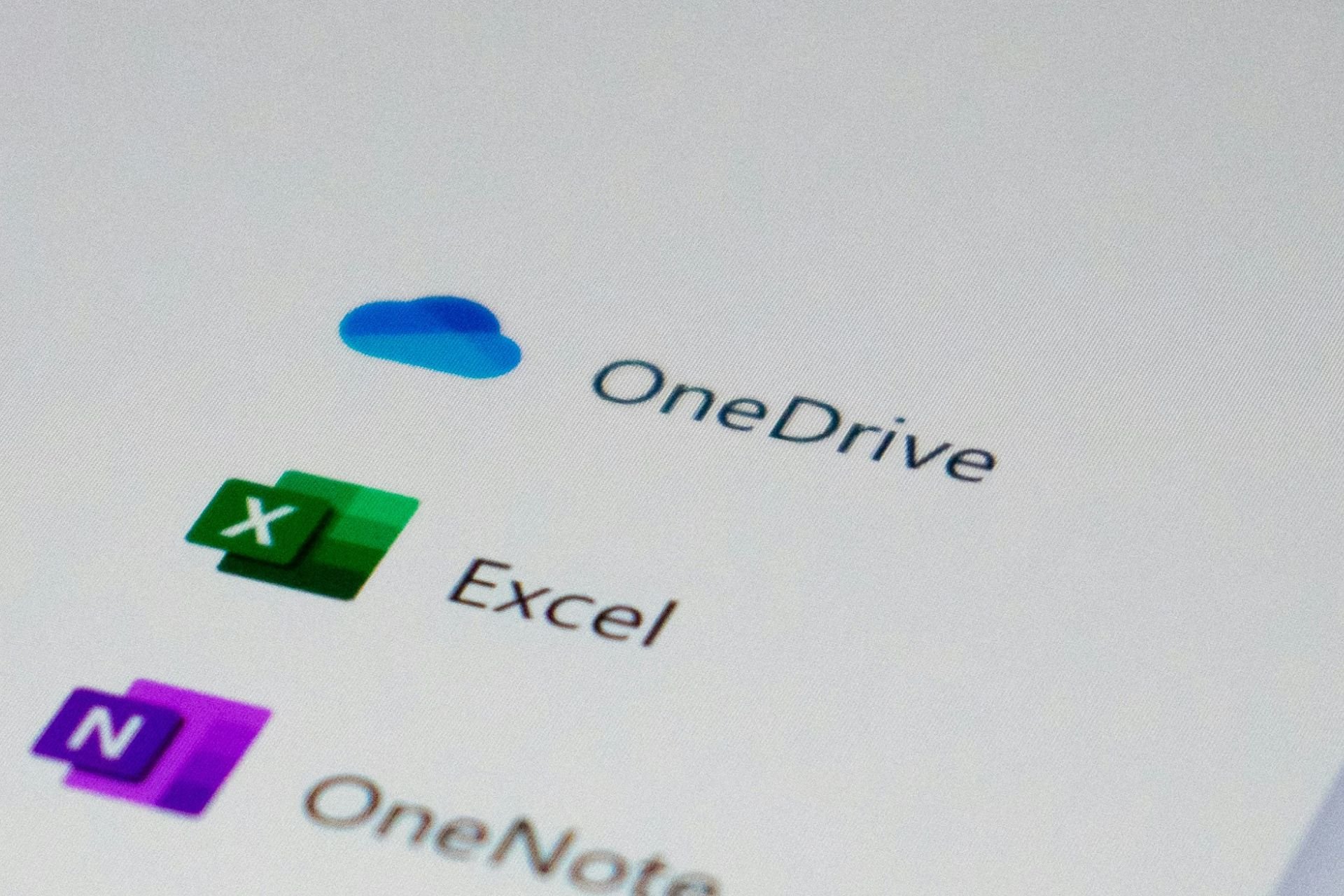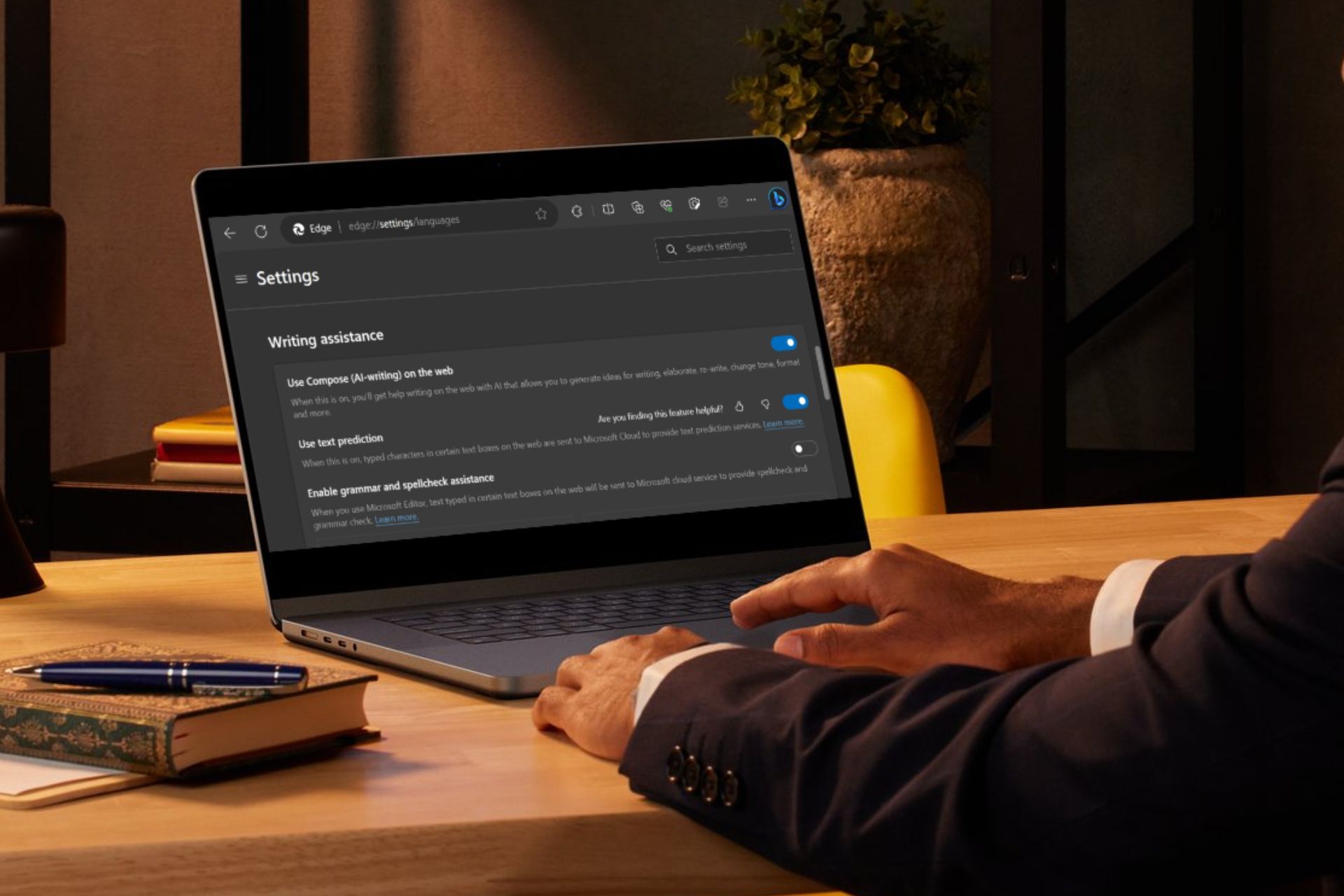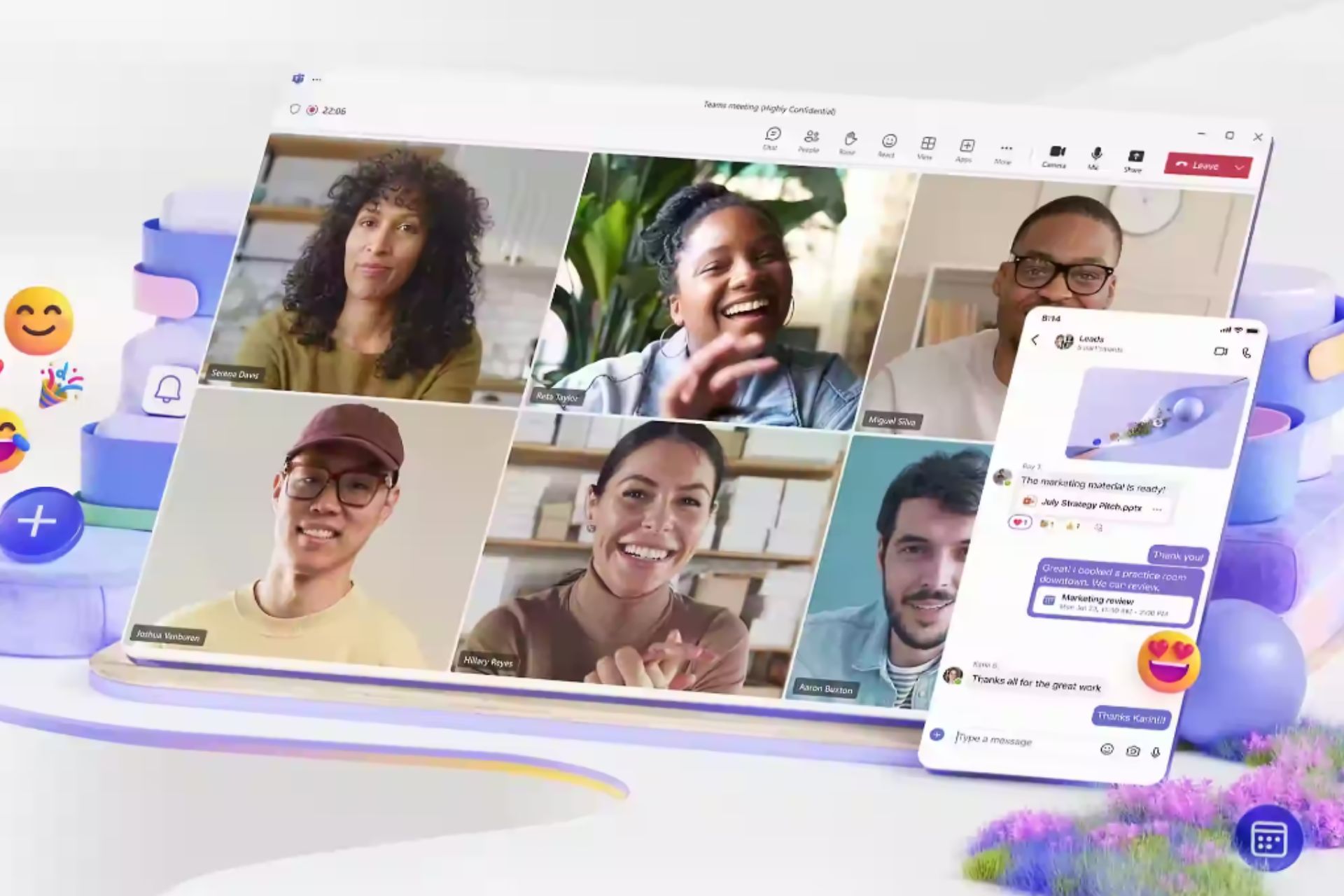Final Paint.NET version will soon be dropping support for Windows 7, 8.1, and 32-bit OS versions
3 min. read
Published on
Read our disclosure page to find out how can you help Windows Report sustain the editorial team Read more
Key notes
- Paint.NET, the image editor was recently updated to version 4.3.3 to improve performance.
- This will be the final version of Paint.NET and will only support Windows 7, Windows 8.1, and any 32-bit versions of Windows.
- The app is set to only support 64-bit versions of Windows 11 and Windows 10.

The popular Paint.NET image editor will soon stop supporting Windows 7, Windows 8.1, or any 32-bit versions of Windows moving forward.
The plan is to only support 64-bit versions of Windows 11 and Windows 10 henceforth. The developer is choosing this path to concentrate on the modern versions of Windows to explore its creativity.
You may recall that among the system requirements to run Windows 11 is that it will only be available to 64-bit operating systems.
Why 64-bit versions
The developer has explained in detail in the release notes for Paint.NET version 4.3.3 why the app will only support 64-bit versions of Windows 11 and Windows 10 going forward.
The developer had this to say:
“It has become significantly more difficult and time consuming to support these lately, not very many people are using them, and I can no longer justify the cost and frustration of keeping support for these afloat. Starting with Paint.NET v4.4, only Windows 10 and 11+ will be supported, and only on 64-bit (x64 and ARM64). Once Paint.NET v4.3.3 is released, I will start working on v4.4 and will only release v4.3.x updates on an as-needed basis and only until v4.4 is completed.”
Improvements
In the Version 4.3.3 of Paint.NET, there are several improvements. A detailed list of what that entails is listed below.
“New: The app has been migrated to .NET 6, which has improved both rendering and startup performance
New translation: Catalan (ca)
New translation: Corsican (co)
New translation: Thai (th)
Changed: The /createMsi command for the installer has been removed. You can now download MSIs directly from the GitHub releases page.
Improved various UI controls for Dark Theme, e.g. scrollbars (Win10 v1809+ only)
Fixed a memory leak in Settings -> Tools.
Fixed the way various UI controls look on Windows 11, e.g. buttons and drop-down lists.
Fixed an issue that was preventing new plugins from loading their native DLL dependencies as specified in their .deps.json file.
Improved performance during the “extracting” stage of the installer by migrating away from Nullsoft Scriptable Installer System (NSIS).
Reduced the download size on ARM64 by about 33%.
Fixed a text rendering bug in some parts of the UI, mostly in Effects.
Fixed a rendering bug in the Dents and Polar Inversion effects.
Fixed a memory leak in the selection renderer that was consuming gigabytes of GPU memory, resulting in crashes.
Fixed some GDI object leaks, particularly with the Save Configuration dialog, which would eventually result in a crash.
Fixed some inconsistencies with the MSI as compared to v4.2.16 which were causing problems for some deployments
Fixed the app crashing after an effect plugin crashes when you choose to restart the app
Fixed the View -> Zoom to Window command when using the keyboard shortcut (Ctrl+B), which was resetting instead of toggling the zoom level.
Fixed a crash while drawing a selection, right-clicking on the History window before releasing the left mouse button, and then clicking to redo a history entry.
Fixed the “untitled:” file name argument prefix, which was preventing Window Clippings from being able to send screenshot
Fixed some registry keys that were not being deleted during uninstall
Fixed the PdnRepair utility on Windows 7
Updated the bundled AvifFileType to v1.1.17.0,, which updates the AOM version and fixes a crash when reading large EXIF blocks.”
Paint.NET is available for download on the Microsoft Store but you can also get it on the app’s website on GitHub.
What do you think of Paint.NET’s move to drop support for older Windows versions? Let us know in the comment section below.








